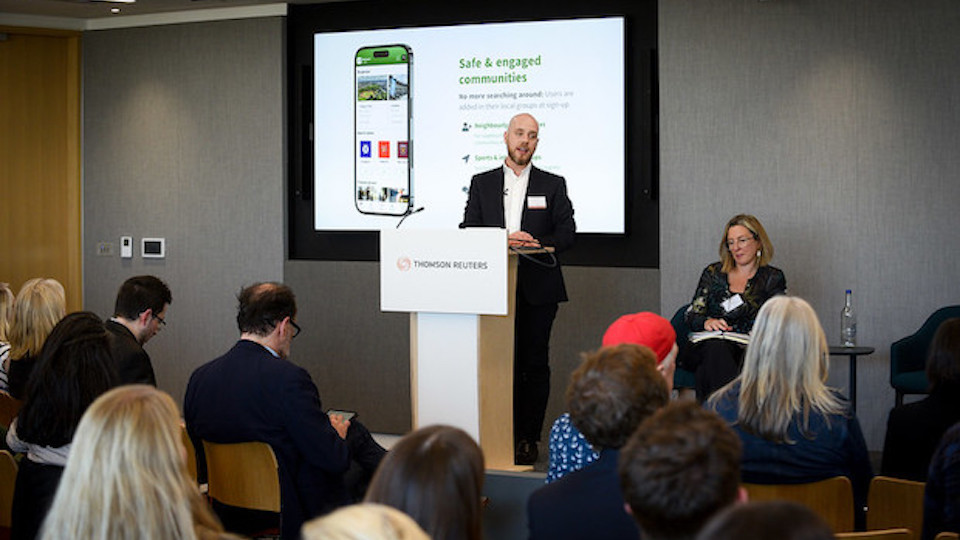It is hard to remain upbeat about the future of local news. This month Reach plc announced 450 more job cuts – a tenth of its workforce – casting a wave of outrage and concern within the industry.
To get some much-needed dose of inspiration and optimism, we took a look at two new and positive approaches to innovation in the local news sector at our digital journalism conference Newsrwired.
Monetising high-quality hyperlocal content
Ping! News is a hyperlocal news wire that allows local, regional and national titles to license journalism created by independent publishers.
It exclusively partners with the Independent Community News Network (ICNN). About 50 of its 120 members – ranging from those covering postcodes to cities – are uploading their content to Ping! where it can be discovered and monetised.
News titles that subscribe to Ping! can access and republish articles, images and data, with confidence that they come from reputable organisations producing high-quality journalism.
Read more: New platform helps hyperlocal journalists get paid for their stories
In a two-month trial earlier this year, 3,000 stories were pushed to the platform, which makes about 50 news stories a day. Many hyperlocal stories were cross-published onto large news websites through Ping!, earning independent titles money and attention that they otherwise would not have gotten.
Ping! is a community interest company: 60 per cent of its revenue goes back to the hyperlocal sector, 30 per cent goes into developing new features, and the remaining 10 per cent will go towards industry support, such as grants.
“Publishers at the hyperlocal and regional level can collaborate and work towards a better media ecosystem,” says Matt Abbott, director of Ping!
“That’s one of the priorities that we see in this sector: to collaborate rather than working against each other.”
Owning your community
Cross-publishing community stories is all well and good, but it only addresses one issue: countering the overabundance of low-quality content on news websites. Poor user experience, reliance on social and search, and fickle programmatic ad revenue are some of the main problems local publishers have.
The Lincolnite and its new app-first platform MyLocal offer a potential solution. The Lincolnite launched 13 years ago as a digital-only newsroom. Founder Daniel Ionescu has since encountered two new challenges: people are consuming content mostly on their phones, and it is not just news – events, properties, jobs, and community connections make up the broader local package.
MyLocal is a safe and engaged community. Local users simply input their postcode and are automatically dropped into a group that is curated and relevant. It is also ideal for people new to an area in need of local information.
Read more: The Lincolnite develops new platform to monetise local journalism
It allows community members to spread the word about their charity events or public information bodies to post their updates. That necessitates a mixture of human and AI content moderation. Meanwhile, journalists can concentrate on truly original content that communities want and need. MyLocal has not rewritten a press release in eight months.
“We stand for a whole new model where local publishers are at the centre of their community, not only for news but bringing everything to do with daily life into one comprehensive package,” says Ionescu.
Since migrating to MyLocal, Lincolnite has seen 65 per cent of daily readers converted in three months, 633k users on the web and mobile app, 200k engagements on its own stories, 75 per cent increase in original content generated, and 100 per cent more time spent on the platform.
Ionescu says that all of this is only possible because the publisher does not have the shackles of a print legacy newspaper.
“It’s very difficult to pivot, which is why if you do it gradually it can take too long,” he explains.
“We wanted to have a system that covered all bases from the start, rather than developing later on. You have to have a comprehensive package from day one to appeal to local readers and users.
“In today’s world, you don’t have the luxury of waiting a year or three years to get to that point because everything is so fast-paced.”


